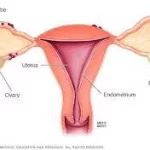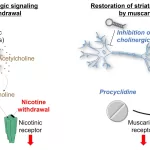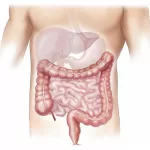Aging is an inevitable part of life. No matter how many green smoothies we drink or how much we invest in “anti-aging” skincare products, the aging process cannot be stopped. However, while aging is unavoidable, frailty is not. Understanding the distinction between aging and frailty is essential for maintaining health and independence as we grow older.
What is Aging?
Aging occurs at a biological level due to the gradual accumulation of cellular and molecular damage over time. This process leads to a decline in physical and mental function, increased susceptibility to diseases, and eventually, death. Despite ongoing efforts to slow down aging, no method has been proven to halt or reverse it completely.
In Australia, approximately one in six individuals is over the age of 65, making up 16% of the total population. Despite this, aging is often viewed with fear. However, the real concern for many is not aging itself but the potential onset of frailty.
What is Frailty?
Frailty is a state of increased vulnerability resulting from diminished physiological reserves across multiple body systems. Unlike aging, frailty is not inevitable and can often be prevented or even reversed. It is characterized by symptoms such as weakness, slow walking speed, fatigue, unintentional weight loss, and decreased physical activity.
Individuals experiencing frailty also have lower bone density, making them more susceptible to fractures and falls. Additionally, frailty affects the body’s ability to recover from stressors like infections, hospitalizations, or injuries. Although more common in older adults, frailty can also develop in younger individuals with chronic conditions such as heart failure.
How to Prevent Frailty
The good news is that frailty can be mitigated through proactive lifestyle changes. Here are four key strategies to maintain strength and resilience:
1. Stay Physically Active
Engaging in regular exercise, including resistance training (such as squats, lunges, or resistance band exercises), can help build muscle strength and maintain mobility. Health guidelines suggest at least 30 minutes of moderate-intensity physical activity on most days, incorporating resistance, balance, and flexibility exercises. For personalized guidance, individuals may consult a physiotherapist or an accredited exercise physiologist.
2. Maintain Social Connections
Social isolation and loneliness can contribute to the progression of frailty. Staying socially active—whether by joining community groups, attending fitness classes, or maintaining regular contact with family and friends—can help reduce frailty risks and promote overall well-being.
3. Monitor Medications
Polypharmacy, or the use of five or more medications, is linked to an increased risk of frailty. Regular medication reviews with a doctor or pharmacist can help ensure that prescriptions remain appropriate and do not contribute to adverse health outcomes.
4. Follow a Nutrient-Rich Diet
A diet rich in protein, fruits, and vegetables supports muscle maintenance and overall health. Adults over 50 should aim for 64 grams of protein daily for men and 46 grams for women, while those over 70 should increase their intake to 81 grams for men and 57 grams for women. Lean meats, seafood, dairy products, legumes, and nuts are excellent protein sources. A registered dietitian can provide tailored nutritional advice.
Final Thoughts
While aging is unavoidable, frailty does not have to be. By adopting a proactive approach through exercise, social engagement, medication management, and proper nutrition, individuals can maintain their health and independence well into old age.
Disclaimer: This article is for informational purposes only and should not be considered medical advice. Always consult with a healthcare professional before making any significant lifestyle or medication changes.











